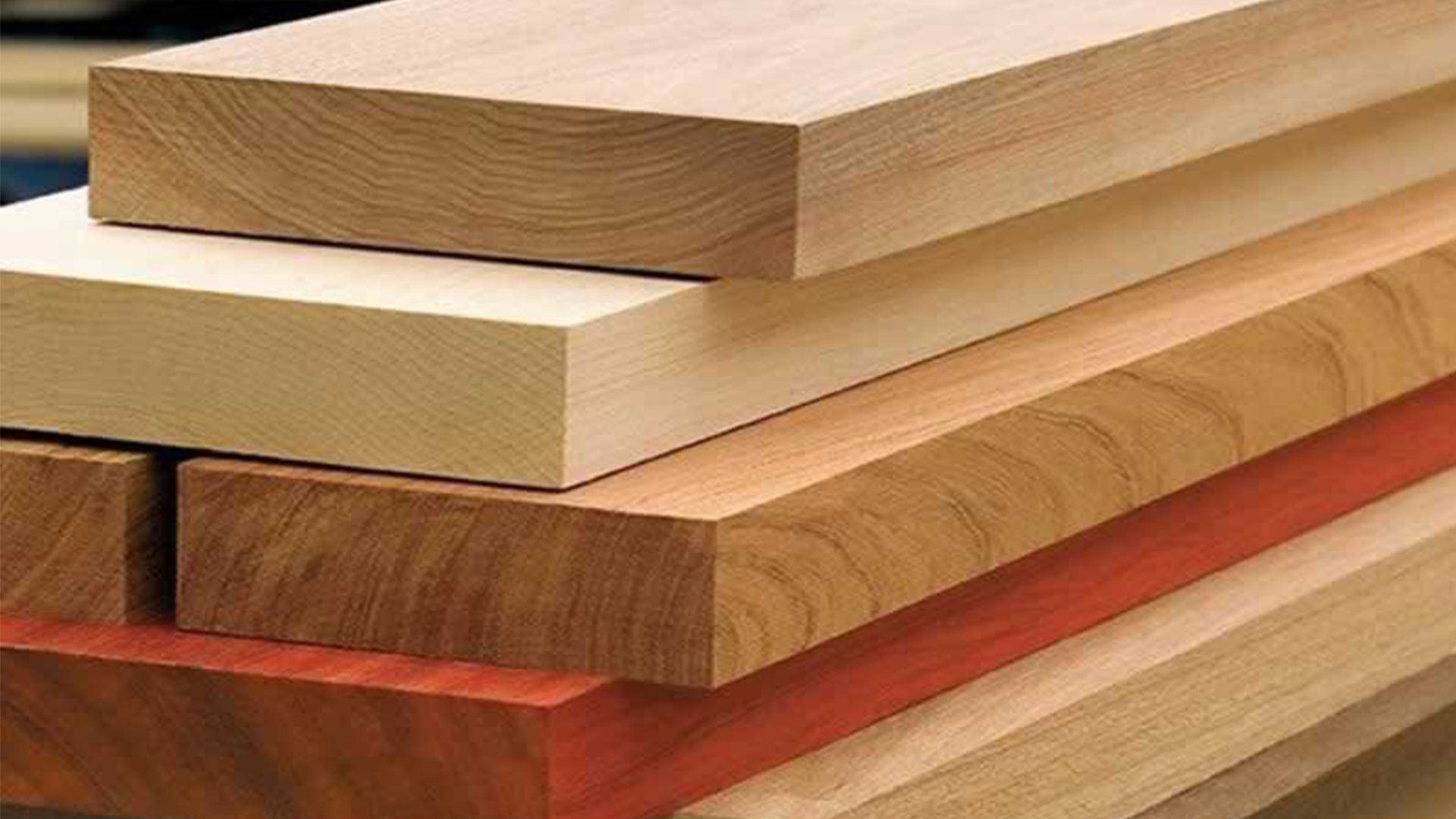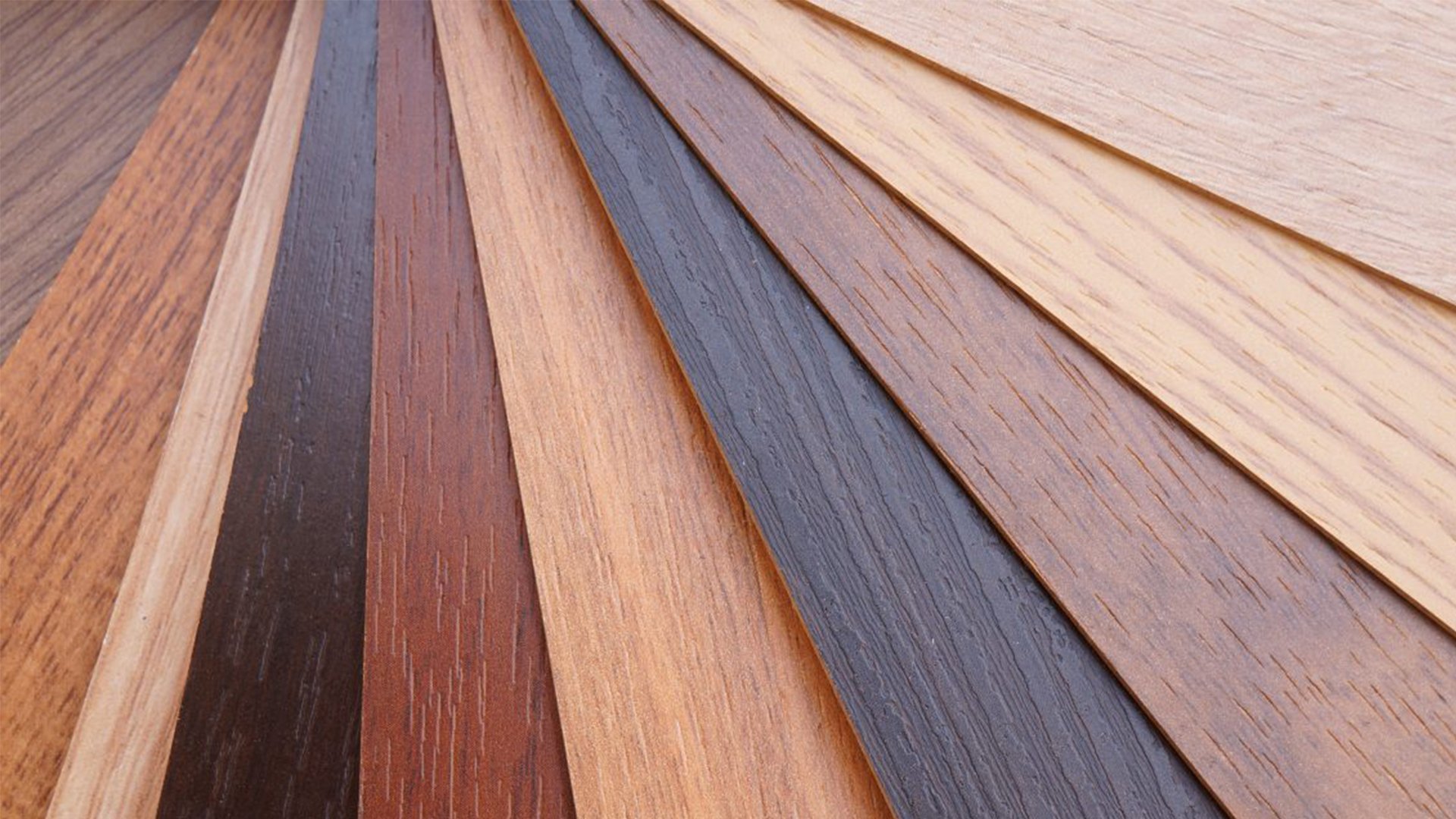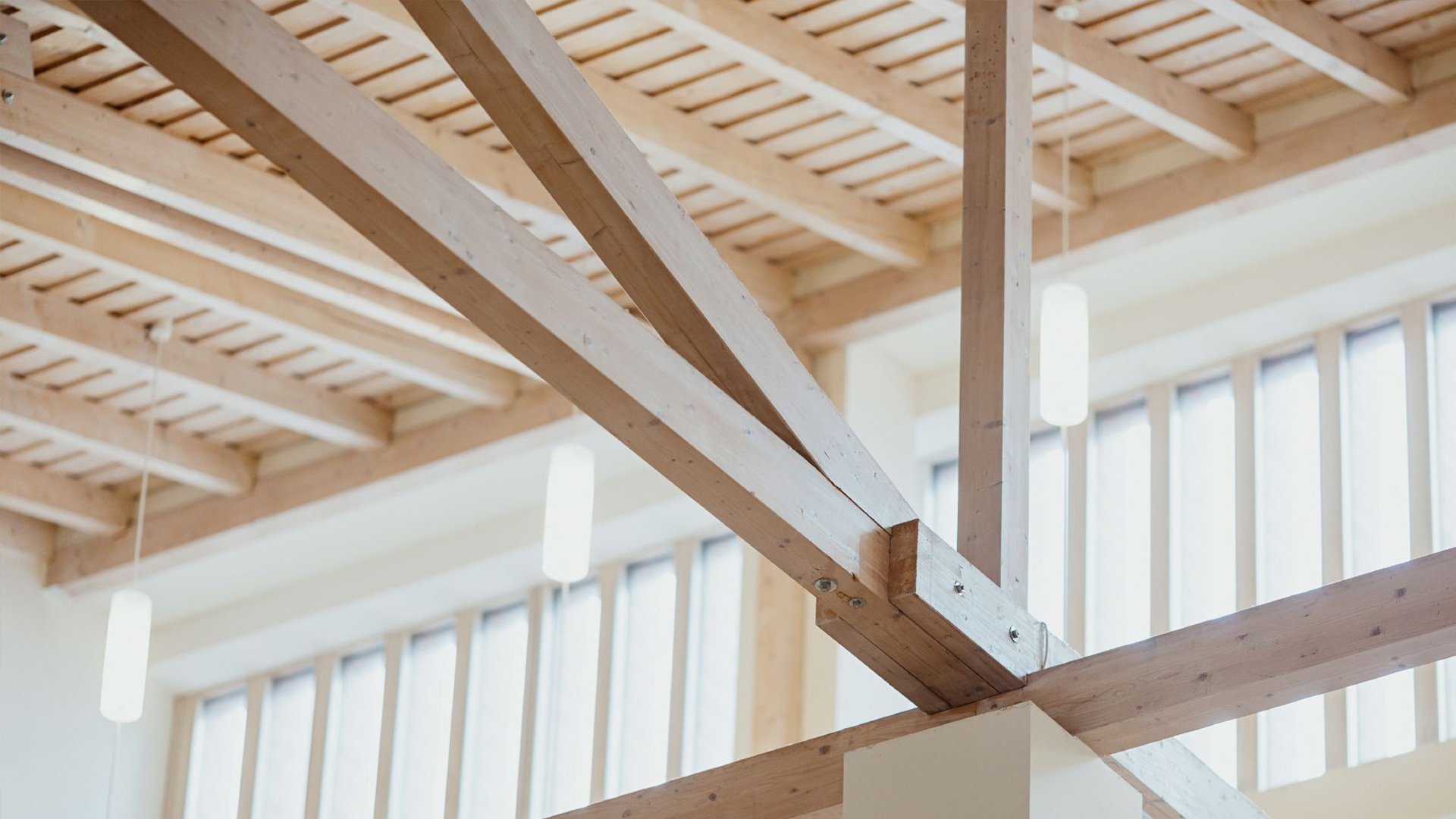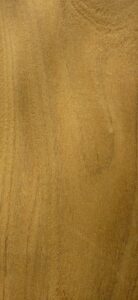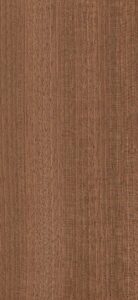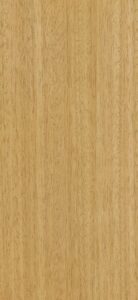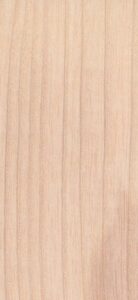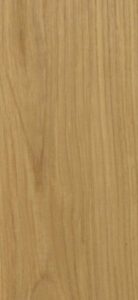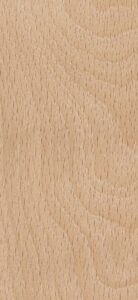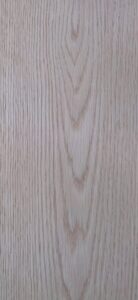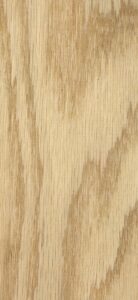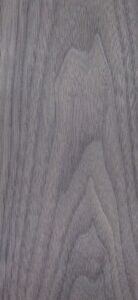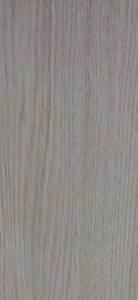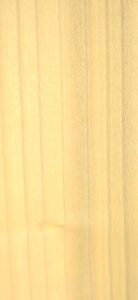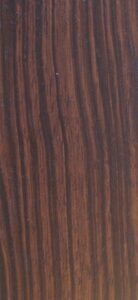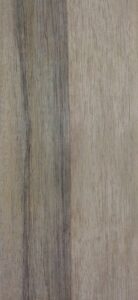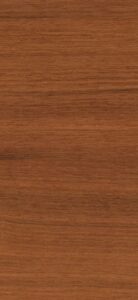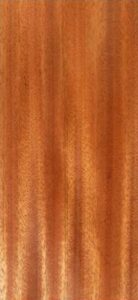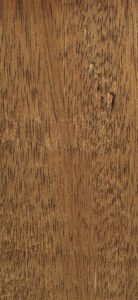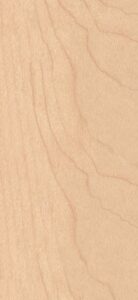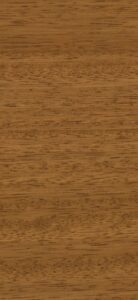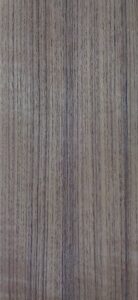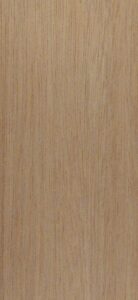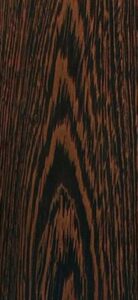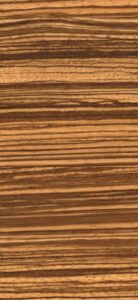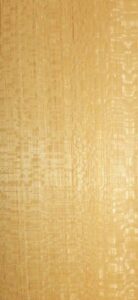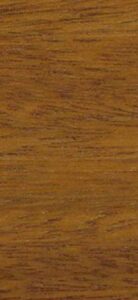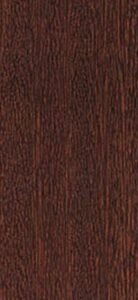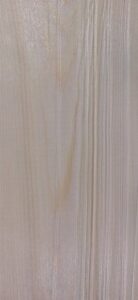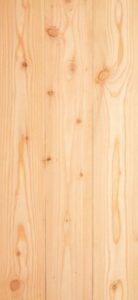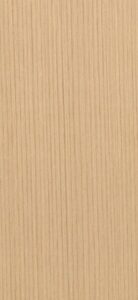Natural Wood
Timber is classified into 2 main categories based on the type of tree from which it originates:
Hardwood
Softwood
Note
Derived from deciduous trees that shed their leaves annually. These trees are typically slower-growing, resulting in denser and stronger wood. Examples include oak, maple, and mahogany.
Obtained from coniferous trees, which usually remain evergreen. Softwoods tend to grow faster, leading to lighter and less dense wood. Common examples are pine, cedar, and spruce.
It’s important to note that the terms “hardwood” and “softwood” do not necessarily correlate with the actual hardness of the wood. For instance, balsa is a hardwood but is very soft, while yew is a softwood that is quite hard.
Hardwood: Derived from deciduous trees that shed their leaves annually. These trees are typically slower-growing, resulting in denser and stronger wood. Examples include oak, maple, and mahogany.
Softwood: Obtained from coniferous trees, which usually remain evergreen. Softwoods tend to grow faster, leading to lighter and less dense wood. Common examples are pine, cedar, and spruce.
It’s important to note that the terms “hardwood” and “softwood” do not necessarily correlate with the actual hardness of the wood. For instance, balsa is a hardwood but is very soft, while yew is a softwood that is quite hard.

